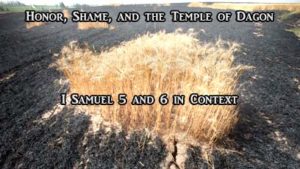 I love this story, really I do and always have – but an understanding of Honor and Shame culture makes it even better. I was recently teaching it to a special needs adult (which meant that I had to teach every ounce of context as I went through – it’s actually an excellent way of pulling as much meaning out of the text as possible) and I was just floored by the things I had missed on my last read through.
I love this story, really I do and always have – but an understanding of Honor and Shame culture makes it even better. I was recently teaching it to a special needs adult (which meant that I had to teach every ounce of context as I went through – it’s actually an excellent way of pulling as much meaning out of the text as possible) and I was just floored by the things I had missed on my last read through.
Of course, Biblical scholars and secular archaeologists have long been aware that the stories about Dagon being a fish god are just that – stories – namely, Jewish Midrash developed long after the memory of true Dagan worship had faded. Instead, from the enormous amount of archaeological evidence we have unearthed (and by “we,” I mean other people), it is now clear that Dagon of the Philistines was a grain god (click to read) – which I can now support from the Biblical text as well. But that’s just a side issue – let’s get to the funny part.
This account doesn’t start out funny, much like the events chronicled in the Book of Esther, but builds to a series of hilarious climaxes. I will skip the disastrous battle against the Philistines in chapter 4, and the demise of Hophni and Phineas (good riddance) in order to begin in I Sam 5:1 “And the Philistines took the ark of God and brought it from Eben Ha’ezer to Ashdod.”
Eben Ha’ezer is actually the formal form of the well-known name Ebenezer – “the stone of help” – as Ebenezer Scrooge was the hardened curmudgeon who became a generous savior, so Eben Ha’ezer represents a place where God (our rock) is our helper. However, Israel acted presumptuously in removing the Ark from the permanent Tabernacle structure in Shiloh and placed it on the battlefield – specifically in the hands of two adulterous, encroaching, blasphemers. This is our first honor/shame milestone of the story – the holiest piece of furniture on earth was carried into battle by the most dishonorable of men, men whose status as priests made their offenses against God astronomically worse. This was a direct affront to God’s honor and so what did He do?
In the ancient world, remember, honor had nothing to do with a man’s integrity but instead his reputation. They didn’t care who you were on the inside, as we would judge honor, but who you were by birth and titles, and how you measured up to other men. Reputation was the lifeblood of the ancient world – if you had it, you had a golden ticket to whatever you desired, but if you had no honor, no one would have anything to do with you, or your sons or daughters. (If you are not acquainted with Honor and Shame culture, I suggest reading my family curriculum on the subject, which was designed for non-scholars).
Well, God returned the dishonor back upon the Israelites – they had no right to use Him like that, placing Him in the hands of sinful men. So God placed His Ark in the hands of heathen men who removed it entirely from the country. As the wife of Phineas had prophetically uttered in I Sam 4:22 “The esteem (honor) has departed from Israel, for the Ark of God has been taken.”
Going forward, we see that the Ark is taken into the house (a Biblical euphemism for a temple) of Dagon and set right by the idol of Dagon. Now, an idol was not believed to be the actual god itself, but instead, an intermediary – by feeding, bathing, perfuming, clothing, etc. the idol, they served as a sort of palace staff. They literally believed that the real Dagon out there in the universe was taking in sustenance and receiving rest as they cared for his idol, by proxy. This was called the house of a god for good reason – that is exactly how they saw it.
Imagine their horror when they woke up the next morning and the priests went into the “house” to awaken their god in order to bathe, perfume, clothe and feed him, only to find that it had fallen on its face “before the ark of the LORD.” In their eyes, their god was found to be prostrated before the Ark, and therefore was discovered worshipping the God of the Israelites. This would have been extremely puzzling as, in their eyes, Dagon had just defeated YHVH in battle (otherwise how could they have captured the Ark?). Why was Dagon worshipping his defeated foe? Kinda shameful, really, but they propped him back up, cared for him and went away. Who knows, maybe they hadn’t been feeding him enough and he passed out, or maybe the wine libation the day before had been a bit too strong. Did I sound like Elijah mocking the prophets of Ba’al there (I Kings 18)? Yeah, that was on purpose.
I imagine they were all anxious to find out what would happen the next day, and so they rose early and entered into the house of Dagon only to find, horror or horrors, Dagon was lying prostrate again – only this time two of the three most honorable parts of its body – the head and hands, were cut off. If you are familiar with ancient Near Eastern executions, you know that beheading was the least honorable death and the removal of hands was extremely shameful. Not only that, but they were laying on the threshold.
Threshold sacrifices were common in the ancient world, and I highly recommend H Clay Trumbull’s excellent work “The Threshold Covenant.” I did not cover this type of Covenant in my curriculum as it was outside the scope of the book, “Ten Commandments and the Covenants of Promise,” but they are very important to understand. The threshold of an ancient home or Temple would often have a small bowl cut or carved into the threshold – this is the place where animals were sacrificed at the arrival of an important guest, and whose meat would later be eaten in honor of that guest. The blood of the animal would fill the bowl in the threshold, hence the name of this type of sacrifice.
So, what we see here is the sacrifice of Dagon at the doorway to his own house in honor of YHVH. Dagon has not only been shamed in worshiping another god, a defeated god (in the eyes of the Philistines) but now he has been executed in the most painfully shameful way imaginable – in his own home, like an animal. Ouch.
But wait, there’s more. God started striking the Philistines with wasting tumors (5;6, 9) and, as we find out later, crop eating rats (6:11). They moved the Ark from city to city until it came to Ekron, and the inhabitants of that city would not allow it to be brought inside. So where did it go? This is important – and funny, but only when we realize that Dagon was a god of grain and not fish.
I Sam 6:1 “And the Ark of the LORD was in the field of the Philistines for seven new moons.”
Did you catch that? The Ark was placed in the midst of a field – that was Dagon’s domain – and for seven months Dagon couldn’t do a thing about it. This was seriously shameful. Not only couldn’t Dagon protect them, or himself, in the cities, in his own house – but he was also shown to be utterly impotent in his own cosmic functional domain – a field of crops. This was really bad – but it makes the story so much funnier.
I won’t bother going through the rest of the story because the focus of this teaching is very narrow, but it just goes to show how there are no small details in Scripture – not even the word “field” in I Sam 6:1 that we tend to read over without a second thought.
*****
Edit: Check out Lina’s comment, she’s absolutely right –
You have really whet my appetite to dig a little deeper. In rereading the account of Shimshon (Simson) in Judges 16, I couldn’t help but notice a possible correlation between him being humiliated & made to work ‘grinding the grain’ and that it was during the P’listim coming together to boast of their god Dagon offering him sacrifices that יהוה intervened strengthening his servant in destroying the things they held sacred!
Praised be He!🙌
Matthew Vander Els: In Judges 15, the foxes with the burning tails ran through the Philistine grain fields, as well.

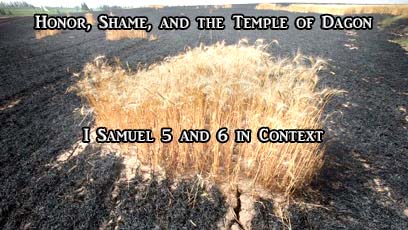






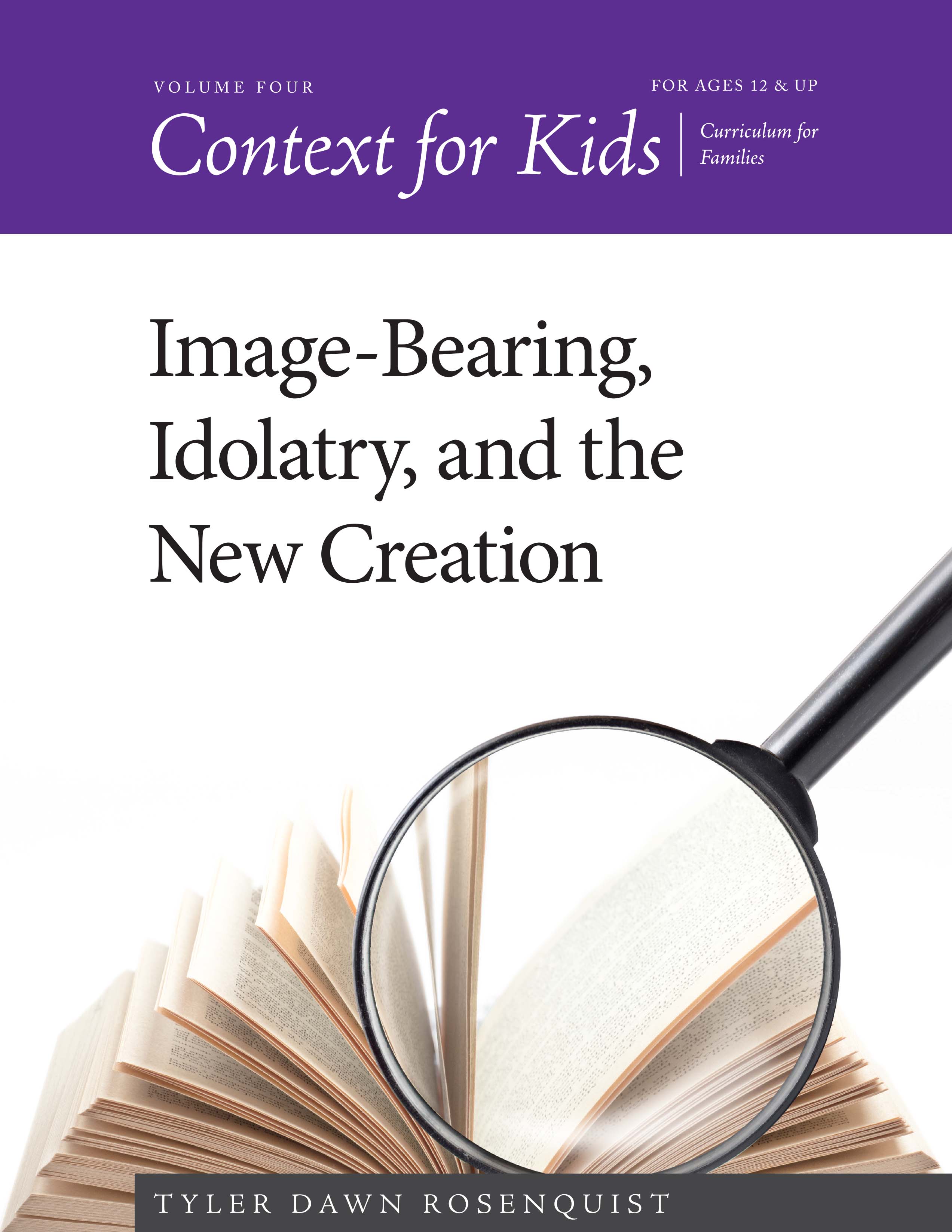



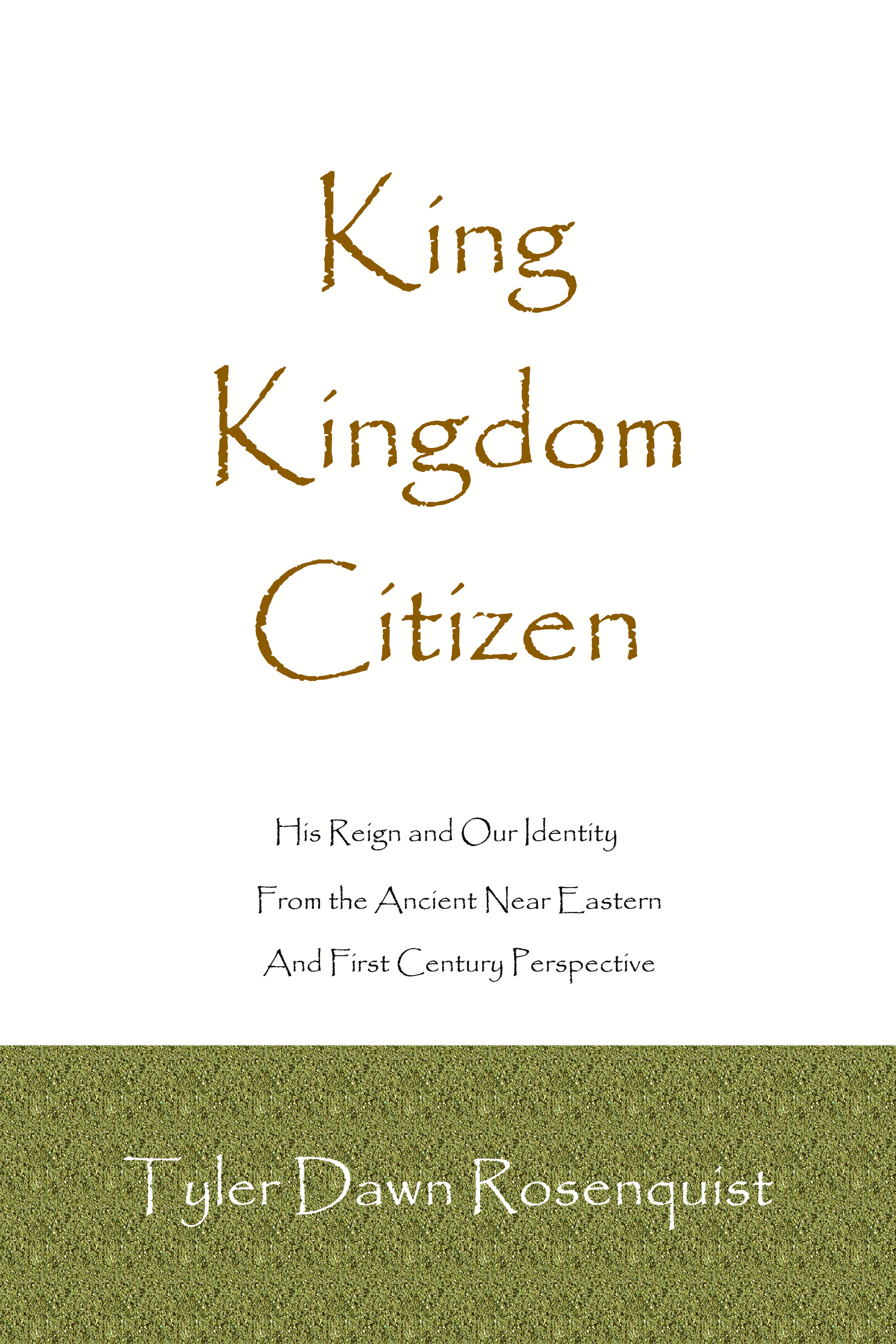



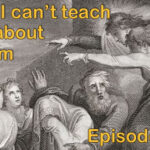





Fabulous study!!!! I look so forward to each and every new post!! Thanks you so much. hugs, patty
What an interesting story!
That last reference reminds me of concepts or ideas which have been in plain sight all along but have taken me a long time to recognize or for it to sink in.
Yet another dumb idol who is dealt with by The El of Israel! There’s no one like יהוה!
You have really whet my appetite to dig a little deeper. In rereading the account of Shimshon (Simson) in Judges 16, I couldn’t help but notice a possible correlation between him being humiliated & made to work ‘grinding the grain’ and that it was during the P’listim coming together to boast of their god Dagon offering him sacrifices that יהוה intervened strengthening his servant in destroying the things they held sacred!
Praised be He!🙌
well, look at that! Definitely a correlation! I will edit the blog and tell people about your comment. Thanks!
Honest question here: Is there any way to find out if maybe the Philistines might have used pieces of fish as fertilizer as was the practice of the American Indians back in colonial times in this country?
Although it would have made sense for the Philistine fishermen to dump fish waste back into the sea, it might also have been that they buried such waste in fields that had not been sewn.
Thank you.
I have never seen any evidence of that. Now, they almost certainly would not have dumped anything back into the sea as ancient people were not wasteful, but I would imagine that if they would do anything with it, they would perhaps feed fish entrails to pigs. However, they might use it for fertilizer as well, but the reason that the Indians used fish was because they kept no livestock and had no manure, which is much more efficient and the smell will not attract wild animals into the fields. In any event, it would have nothing to do with Dagon worship, as he is nowhere attested to be related to fish until the middle ages (and only because of the coincidental “dag” in the name), and only then by someone who was making assumptions without any knowledge of a long-dead religion.
Thanks for that quick response. I appreciate your work.